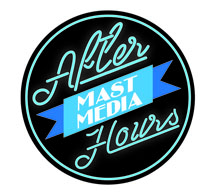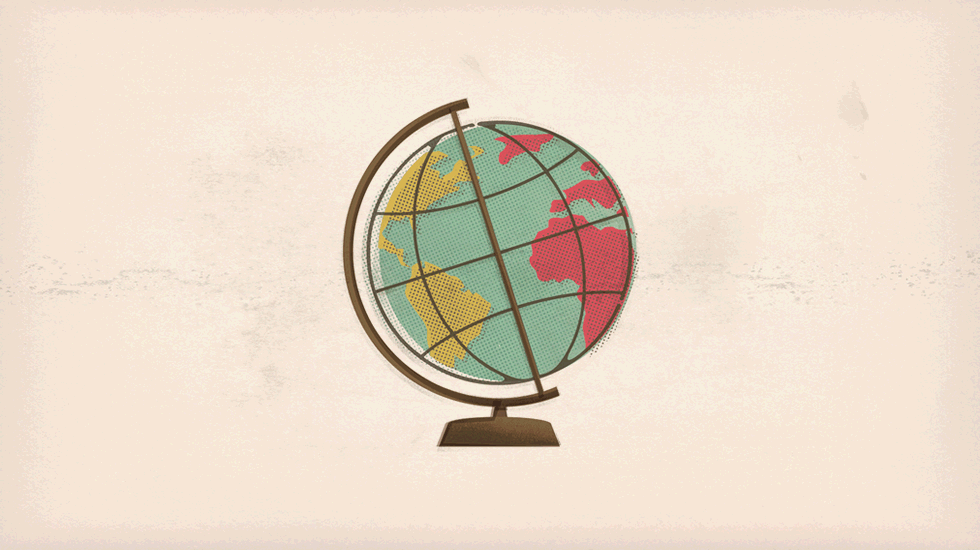By Rachel Diebel, Guest Writer
The world is in disarray. A pandemic or war or alien invasion has left humanity with a government that started out as an attempt to put together a broken society but became a totalitarian body. Out of nothing, a hero will rise, an outsider no one expected will lead a rebellion to put the world to rights.
This is the dystopian storyline, a recent trend in entertainment from young adult novels to blockbuster films. Dystopian stories all work from a basic framework: the world is a mess, and someone needs to fix it.
Dystopian literature has a long history stemming from classic works like George Orwell’s “1984” and Ray Bradbury’s “Fahrenheit 451.” Now, many people think of dystopian literature in the form of books for young adults. The avalanche of dystopian entertainment certainly began there with a little book called “The Hunger Games,” written by Suzanne Collins. Selling millions of copies, “The Hunger Games” trilogy captured the hearts and minds of many readers, and eventually became a hit film of the same name.
As always happens when something does well commercially, studios take notice and begin adapting other popular young adult novels into movies. A movie version of Veronica Roth’s “Divergent,” starring Shailene Woodley, is set to hit theaters this year, and the early half of 2013 saw the releases of movies like “The Host” and “Warm Bodies.” The dystopian craze has also spread to more adult movies like “Elysium” and “World War Z.”
While many credit “The Hunger Games” with sparking the dystopian trend, it really only reignited the flames. The real kickoff was a book for young adults by Lois Lowry called “The Giver,” about a boy living in a colorless, seemingly perfect society. “The Giver,” not surprisingly, is scheduled to be adapted into a movie soon.
During this frenzy for dystopia, many people wonder what makes the genre so appealing. There are many reasons why it has become so popular. People like to look at the destruction of society and say, “this is where we draw the line” and “we will never go this far.”
It’s comforting to know there is something worse out there, especially in the recent uncertain economic and political atmosphere. In contrast to this, everyone also loves to see the people rise up and overthrow the government. Living vicariously through a character who does something we will probably never do is a very attractive prospect.
In apocalyptic dystopian entertainment, the attraction lies in the thought that maybe we should return to a more simple life, and maybe we could survive and be happier after a catastrophic event. It returns everyone to a level playing field. That is why so called “reality” shows such as “Doomsday Castle” and “Doomsday Preppers” exist. We like to think that we would be ready, when the reality is that most of us would die without our cell phones, let alone without running water.
Additionally, research has shown that dystopian novels tend to arise as a response to times of threat or danger. For example, according to this research by the book sharing, cataloguing and reviewing site GoodReads, fear of communism and fascism in the 1930s-60s spawned Bradbury’s “Fahrenheit 451” and Orwell’s “1984.” It is possible that today’s wave of dystopian literature for young adults is inspired by an event such as 9/11 or even by the vapid nature of pop culture and the fear of what that will do to our society.
Like it or loathe it, as long as there are scary things in the world, dystopian entertainment is here to stay. So stock your underground bunker with water and canned food and settle in for the long haul.

















